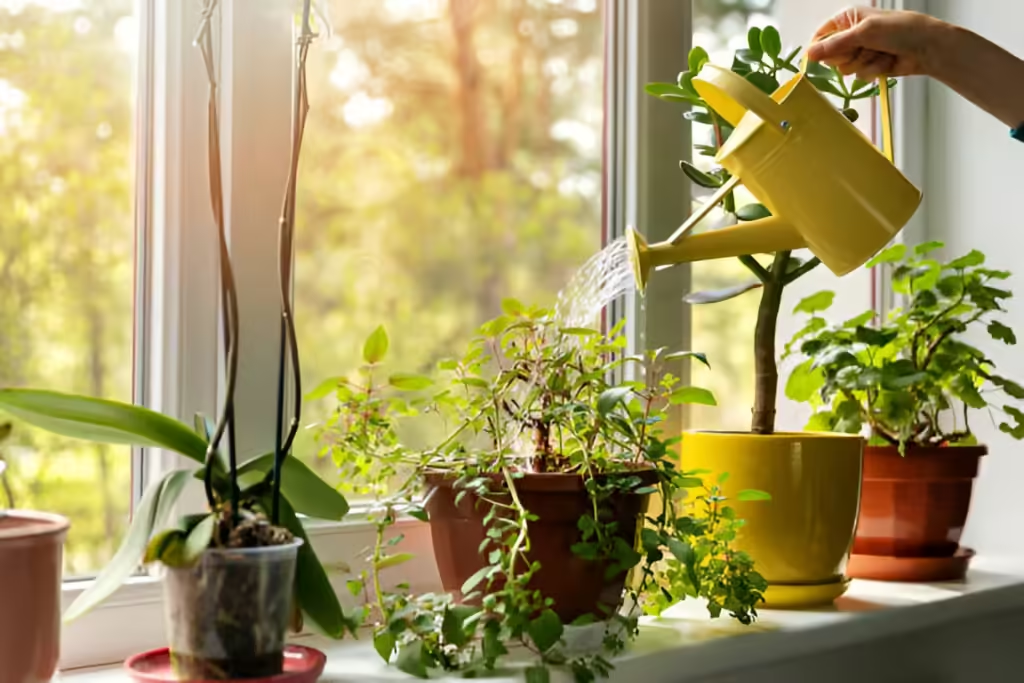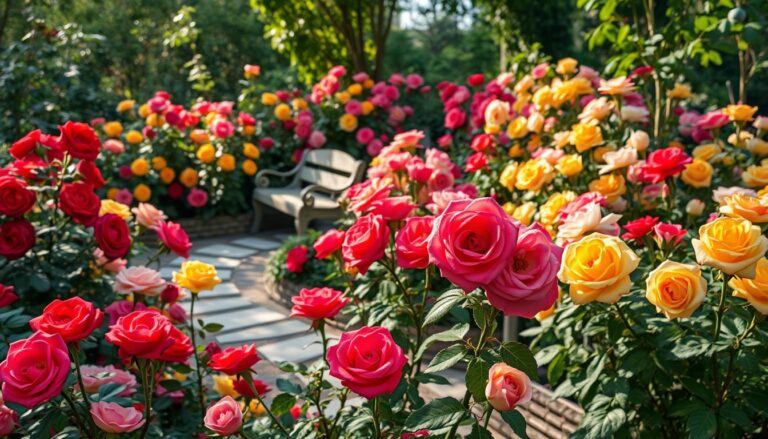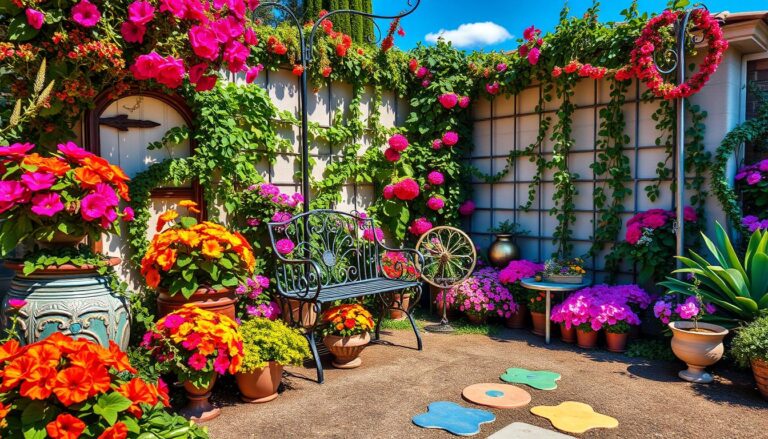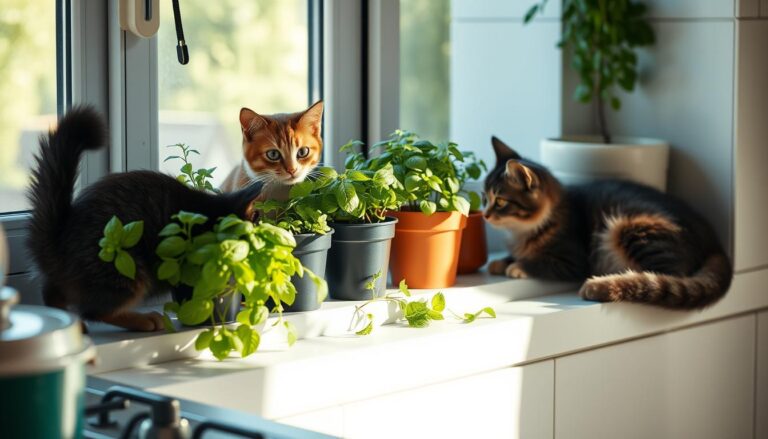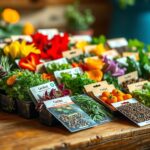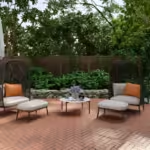Table of Contents
- Introduction
- Benefits of Indoor Gardening
- Getting Started
- Understanding Plant Needs
- Choosing Plants for Your Indoor Garden
- Planting and Propagation Techniques
- Care and Maintenance
- Pest and Disease Management
- Harvesting Your Indoor Garden
- Advanced Indoor Gardening Techniques
- Troubleshooting Common Issues
- Conclusion
1. Introduction
Welcome to the world of indoor gardening! Whether you’re living in a small apartment, dealing with a challenging climate, or simply want to enjoy fresh herbs and vegetables year-round, indoor gardening offers a solution. This comprehensive guide will walk you through every step of the indoor gardening process, from selecting your first plants to harvesting your own homegrown produce.
Indoor gardening has gained popularity in recent years, and for good reason. It allows you to grow plants regardless of your living situation or local climate, provides fresh and nutritious food, and offers numerous mental and physical health benefits. With the right knowledge and a bit of patience, anyone can become a successful indoor gardener.
In this guide, we’ll cover everything you need to know to start and maintain a thriving indoor garden. We’ll discuss the basics of plant care, help you choose the right plants for your space, and provide tips on how to overcome common challenges. Whether you’re a complete beginner or looking to expand your indoor gardening skills, this guide has something for everyone.
2. Benefits of Indoor Gardening
Indoor gardening offers numerous benefits:
- Year-round growing: Grow fresh herbs, vegetables, and flowers regardless of the season or climate.
- Improved air quality: Many indoor plants act as natural air purifiers, removing toxins from your home.
- Stress reduction: Gardening can be a relaxing and rewarding hobby, helping to reduce stress and improve mental health.
- Fresh, organic produce: Enjoy pesticide-free herbs and vegetables right from your own home.
- Space efficiency: Make use of vertical space and unused areas in your home.
- Educational opportunity: Great for teaching children about plant life cycles and responsibility.
- Aesthetic appeal: Add natural beauty and life to your indoor spaces.
3. Getting Started
Choosing Your Space
The first step in indoor gardening is selecting the right location. Consider these factors:
- Light availability: Most plants need at least 6 hours of light per day. South-facing windows are ideal.
- Temperature: Most indoor plants thrive in temperatures between 60-75°F (15-24°C).
- Humidity: Many plants prefer humidity levels between 40-60%.
- Air circulation: Good airflow helps prevent fungal diseases and strengthens plants.
- Accessibility: Choose a spot that’s easy for you to reach for regular care and maintenance.
Essential Supplies
To start your indoor garden, you’ll need:
- Containers: Choose pots with drainage holes to prevent waterlogging.
- Potting soil: Use a high-quality, well-draining potting mix.
- Plants or seeds: Start with easy-to-grow varieties for beginners.
- Watering can: For controlled watering.
- Fertilizer: Choose a balanced, water-soluble fertilizer for indoor plants.
- Grow lights (optional): If you don’t have access to sufficient natural light.
- Humidity tray (optional): To increase humidity around your plants.
- Pruning shears: For maintaining plant shape and health.
4. Understanding Plant Needs
Light
Light is crucial for plant growth. Different plants have different light requirements:
- High light: 6+ hours of direct sunlight (e.g., succulents, citrus trees)
- Medium light: 4-6 hours of direct sunlight or bright indirect light (e.g., herbs, flowering plants)
- Low light: Less than 4 hours of direct sunlight or consistent indirect light (e.g., ferns, peace lilies)
If natural light is insufficient, consider using grow lights to supplement.
Water
Proper watering is essential for plant health. As a general rule:
- Water when the top inch of soil feels dry.
- Ensure good drainage to prevent root rot.
- Use room temperature water to avoid shocking the plants.
- Water less frequently in winter when plant growth slows.
Soil and Nutrients
Use a high-quality potting mix that provides:
- Good drainage
- Adequate aeration
- Nutrient retention
Most indoor plants benefit from regular fertilization during the growing season (spring and summer). Use a balanced, water-soluble fertilizer and follow the package instructions.
Temperature and Humidity
Most indoor plants prefer temperatures between 60-75°F (15-24°C) and humidity levels between 40-60%. To increase humidity:
- Group plants together
- Use a pebble tray filled with water
- Run a humidifier nearby
5. Choosing Plants for Your Indoor Garden
Easy Plants for Beginners
Start with these low-maintenance plants:
- Spider Plant (Chlorophytum comosum)
- Snake Plant (Sansevieria trifasciata)
- Pothos (Epipremnum aureum)
- ZZ Plant (Zamioculcas zamiifolia)
- Chinese Evergreen (Aglaonema)
Herbs
Popular herbs for indoor gardens include:
- Basil
- Mint
- Chives
- Parsley
- Thyme
Vegetables
Some vegetables that grow well indoors:
- Lettuce and other leafy greens
- Cherry tomatoes
- Peppers
- Green onions
- Microgreens
Flowering Plants
For a splash of color, try:
- African Violet
- Peace Lily
- Orchids
- Anthurium
- Kalanchoe
6. Planting and Propagation Techniques
Starting from Seeds
- Fill small containers with seed-starting mix.
- Plant seeds according to package instructions.
- Keep soil moist and warm until germination.
- Provide adequate light once seedlings emerge.
Transplanting
- Choose a pot slightly larger than the current one.
- Gently remove the plant from its current container.
- Place in the new pot with fresh potting mix.
- Water thoroughly after transplanting.
Propagating from Cuttings
- Cut a 4-6 inch stem just below a leaf node.
- Remove lower leaves, leaving 2-3 at the top.
- Place cutting in water or moist potting mix.
- Keep warm and humid until roots develop.
7. Care and Maintenance
Watering Techniques
- Water deeply but less frequently to encourage deep root growth.
- Water at the base of the plant to avoid wetting leaves.
- Use well-draining pots to prevent waterlogging.
Fertilizing
- Fertilize during the growing season (spring and summer).
- Use a balanced, water-soluble fertilizer.
- Follow package instructions for dosage and frequency.
Pruning and Training
- Remove dead or yellowing leaves regularly.
- Pinch back growing tips to encourage bushier growth.
- Train vining plants on trellises or stakes as needed.
8. Pest and Disease Management
Common indoor plant pests include:
- Aphids
- Spider mites
- Mealybugs
- Fungus gnats
To manage pests:
- Isolate affected plants.
- Wash plants with a mild soap solution.
- Use neem oil or insecticidal soap for persistent problems.
- Maintain good air circulation and avoid overwatering to prevent fungal diseases.
9. Harvesting Your Indoor Garden
- Herbs: Harvest outer leaves first, allowing inner leaves to continue growing.
- Leafy greens: Cut outer leaves, leaving the center to regrow.
- Fruiting vegetables: Harvest when fruits are ripe and fully colored.
- Microgreens: Cut just above the soil level when they reach 2-3 inches tall.
10. Advanced Indoor Gardening Techniques
Hydroponics
Growing plants in nutrient-rich water without soil. Benefits include faster growth and higher yields.
Vertical Gardening
Utilizing vertical space with hanging baskets, wall-mounted planters, or tiered shelving systems.
Indoor Composting
Creating nutrient-rich compost from kitchen scraps using a small indoor composting bin.
11. Troubleshooting Common Issues
- Yellowing leaves: Often indicates overwatering or nutrient deficiency.
- Brown leaf tips: Usually caused by low humidity or over-fertilization.
- Leggy growth: Typically due to insufficient light.
- Wilting: Can be caused by underwatering, overwatering, or pest infestation.
12. Conclusion
Indoor gardening is a rewarding hobby that can bring beauty, fresh produce, and improved well-being into your home. With the right knowledge and a bit of practice, you can create a thriving indoor garden regardless of your living situation or local climate. Remember to start small, be patient, and enjoy the process of watching your plants grow and thrive. Happy gardening!

